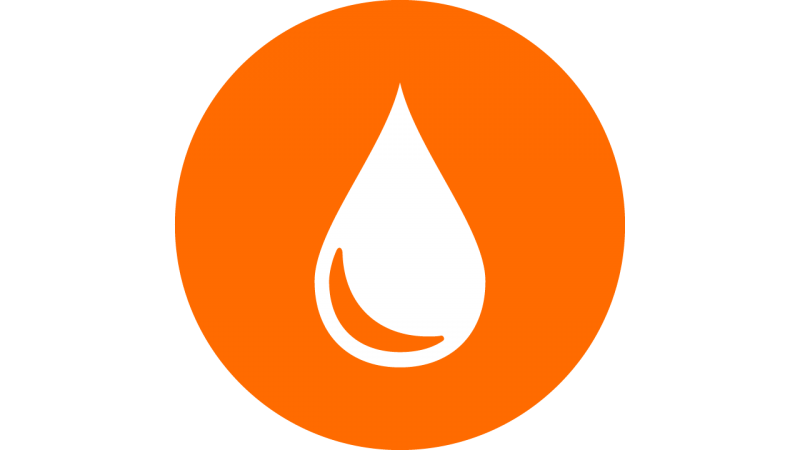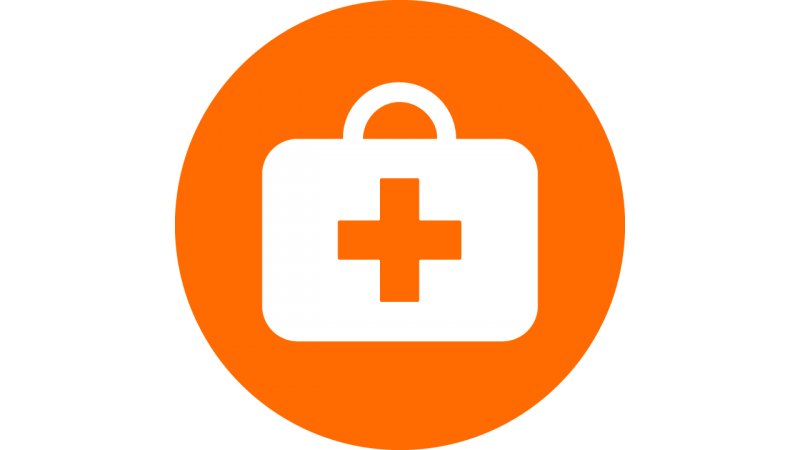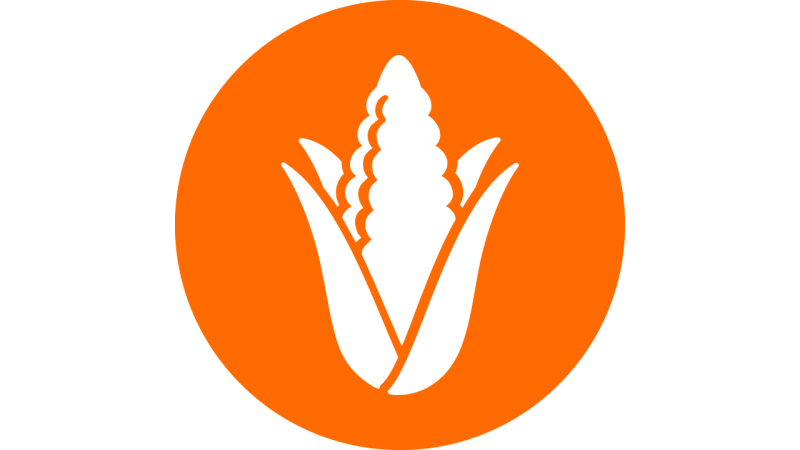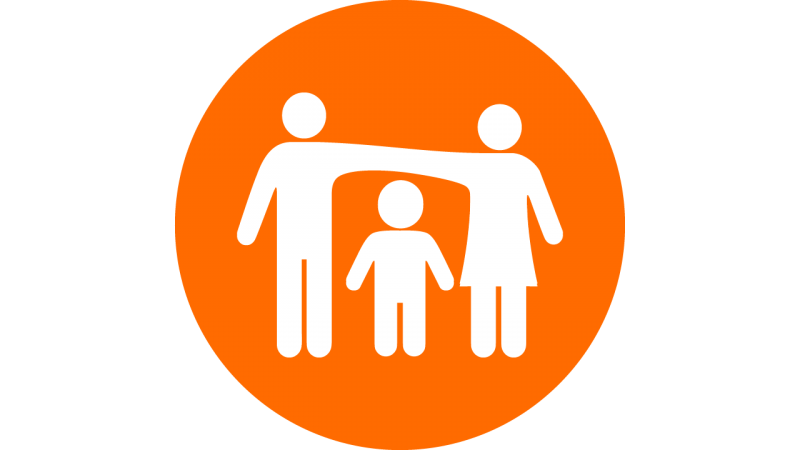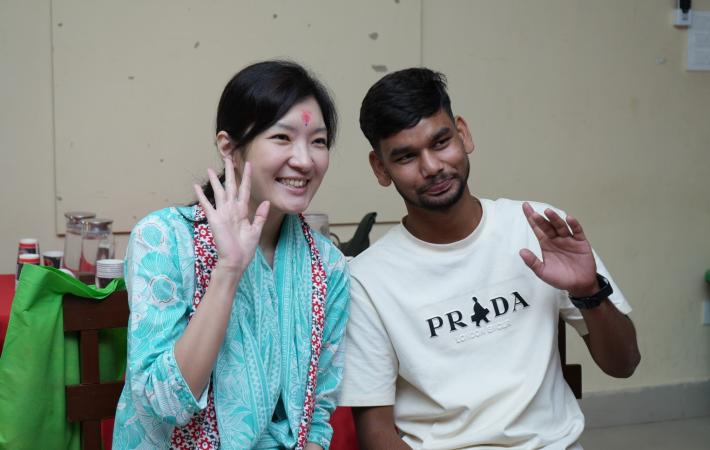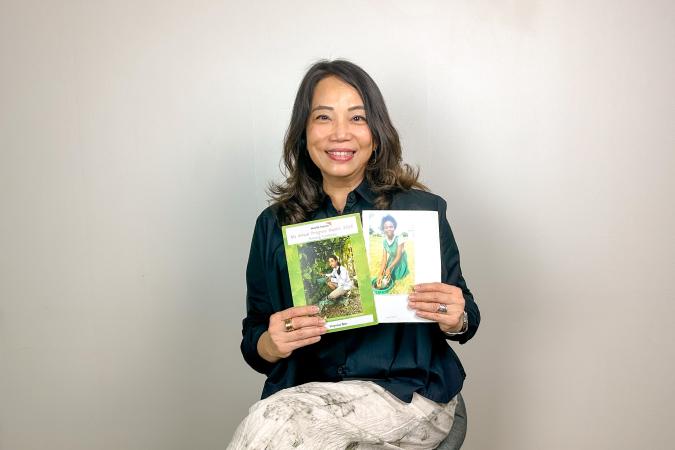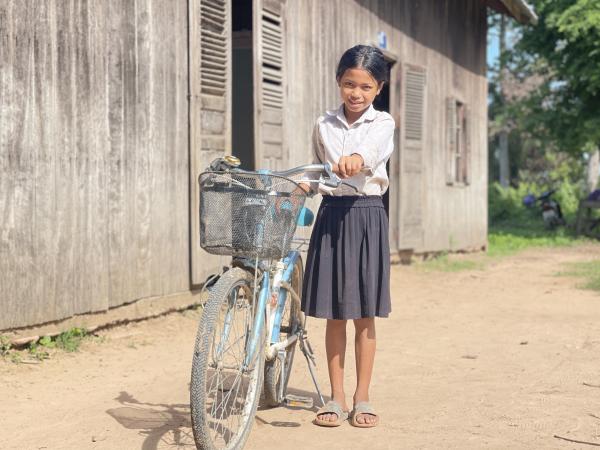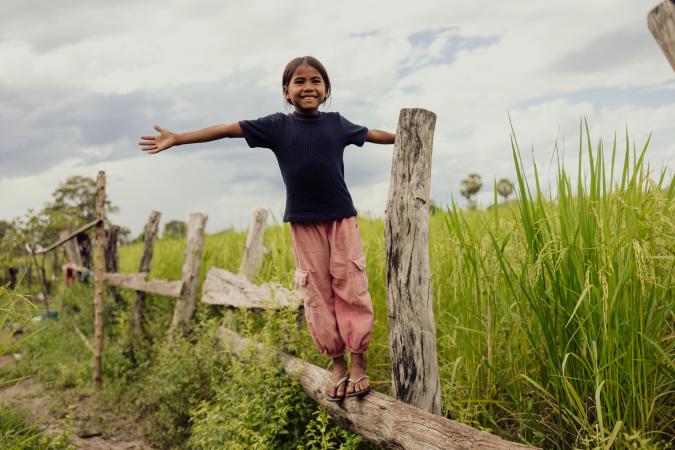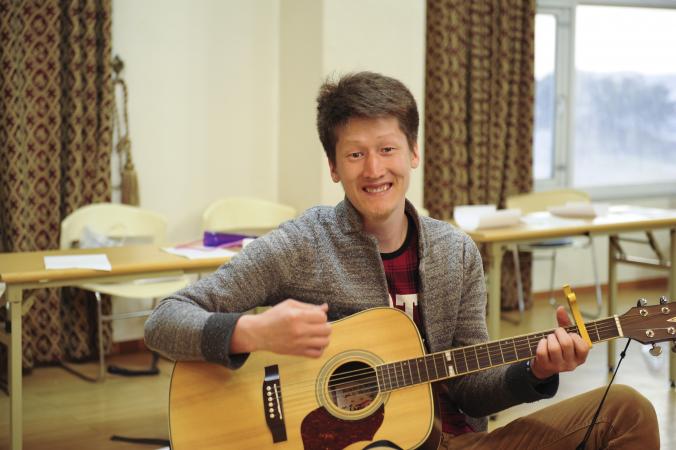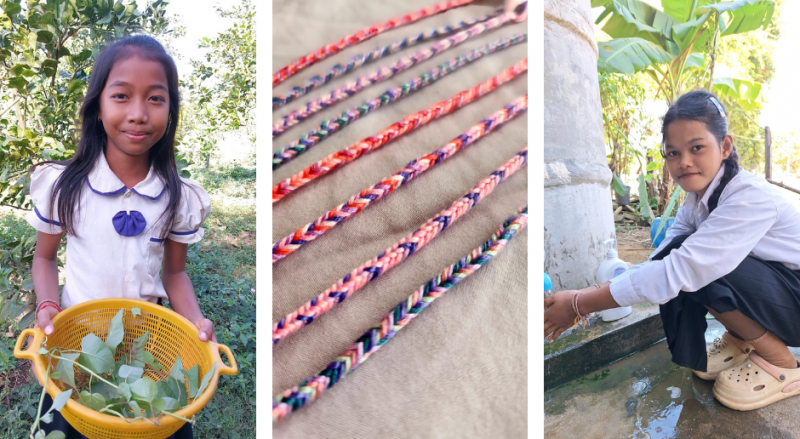All new child sponsorships will be set at a $50 per month with effect from 12 March 2025. This is an increase of $45 to $50 per month for child sponsorship. Click here to learn more on the reasons for the increase in child sponsorship contribution in 2025.
If you are an existing child sponsor, we will not apply changes to the monthly contribution for your existing child sponsorships without your consent, as we fully understand that each child sponsor has unique plans, and do not wish to cause any unexpected disruption. However, we would like to appeal to you to opt in to the higher contribution level if you are able to do so.
If you are able and willing to update your contribution to $50, the increase will take effect on the next contribution date. (depending on your contribution cycle, yearly, half-yearly or monthly etc.) For example, if a sponsor submits the opt in request on 15th April, and the monthly contribution is on the 5th of every month, the increase will take effect on 5th May. If you are not able to do so, your contribution will stay at $45 and there is no need to do anything. Please know we remain very grateful for your willingness to give.
To opt in for the monthly/half-yearly/yearly contribution adjustment, please indicate your willingness to help here.
For donations made via credit card: the adjustment will take effect on the next contribution date upon receiving your agreement to opt in.
Should you be making your monthly contribution via standing instruction with the bank and GIRO, kindly follow the instructions below to update your contribution amount.
Steps to update your bank standing instruction:
a. Remove your existing standing instruction
b. Set up a new standing instruction:
Our bank account details are as follows:
Bank Name: DBS
Bank Code: 7171
Branch Code: 001
Bank Account Number: 001-030600-6 (Current Account)
Account Name: World Vision International
c. Enter the amount: 50 (Monthly start date, leave end date BLANK as you can cancel at any time)
d. Enter Reference/Comment: Your Partner ID (preferred) or Mobile Number
Please inform us via email to sponsorship_support@worldvision.org.sg of the start date after setup of your new standing instruction is successful so that we could update this change in our system.
Steps to update your GIRO deduction amount:
Kindly download and print the NOTIFICATION OF INCREASE IN GIRO AMOUNT form on a fresh piece of paper. Please do not use correction tape/liquid paper for any amendments. If an amendment is required, kindly strike off and countersign beside it.
Should you require a GIRO form with a business reply envelope to be mailed to you, kindly send us an email request so as to confirm your mailing address.
Once the form is filled up, please post the ORIGINAL form to our World Vision Singapore office at 6 Woodlands Square #03-01, Tower 2 Singapore 737737


